PPT-LISP Mobile Node
Author : lindy-dunigan | Published Date : 2016-07-05
draftmeyerlispmn00txt Dino Farinacci Vince Fuller Darrel Lewis and David Meyer IETF StockholmHiroshima LISP Working Group JulyHov 2009 LISP Mobile Node IETF 75 July
Presentation Embed Code
Download Presentation
Download Presentation The PPT/PDF document "LISP Mobile Node" is the property of its rightful owner. Permission is granted to download and print the materials on this website for personal, non-commercial use only, and to display it on your personal computer provided you do not modify the materials and that you retain all copyright notices contained in the materials. By downloading content from our website, you accept the terms of this agreement.
LISP Mobile Node: Transcript
Download Rules Of Document
"LISP Mobile Node"The content belongs to its owner. You may download and print it for personal use, without modification, and keep all copyright notices. By downloading, you agree to these terms.
Related Documents

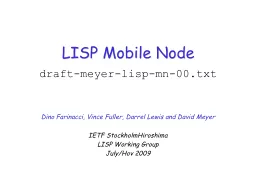

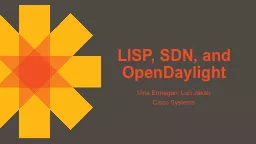
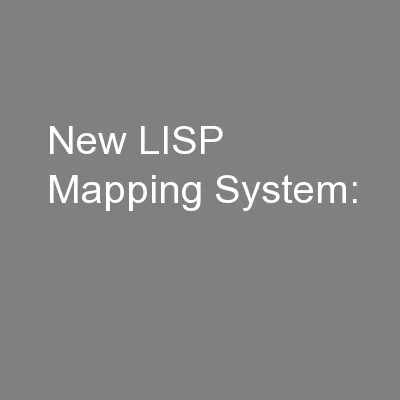
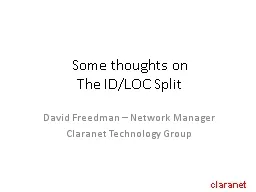
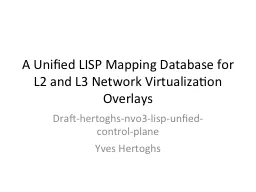
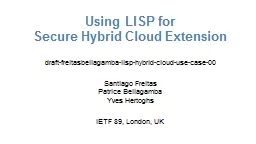


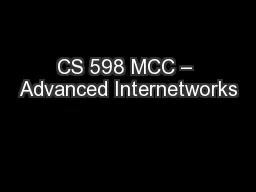
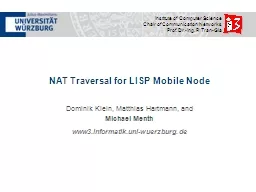

![[BEST]-Controlling AutoCAD from Visual LISP: Release 2019 edition. (AutoCAD expert\'s](https://thumbs.docslides.com/974124/best-controlling-autocad-from-visual-lisp-release-2019-edition-autocad-expert-s-visual-lisp-book-2.jpg)
